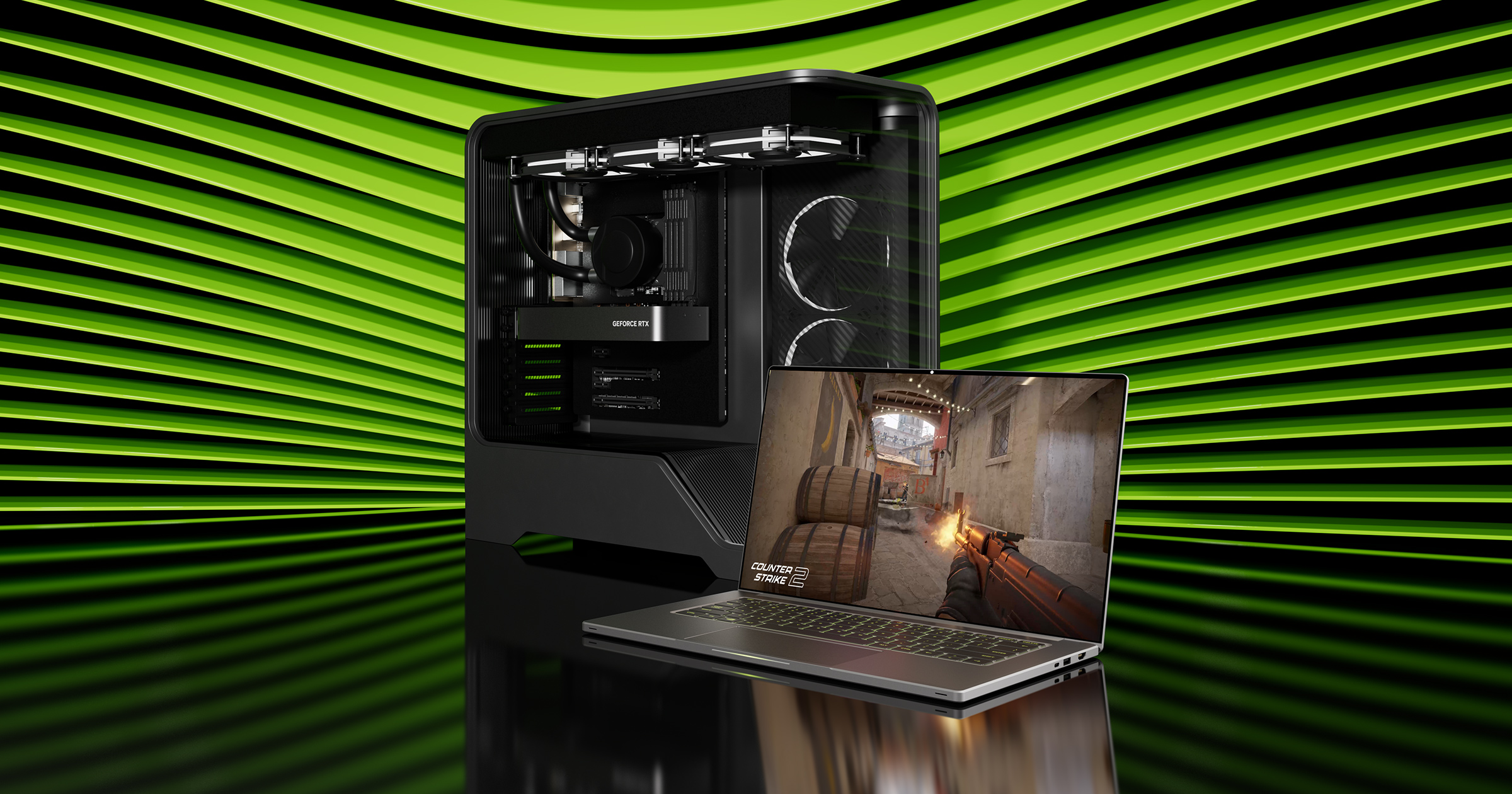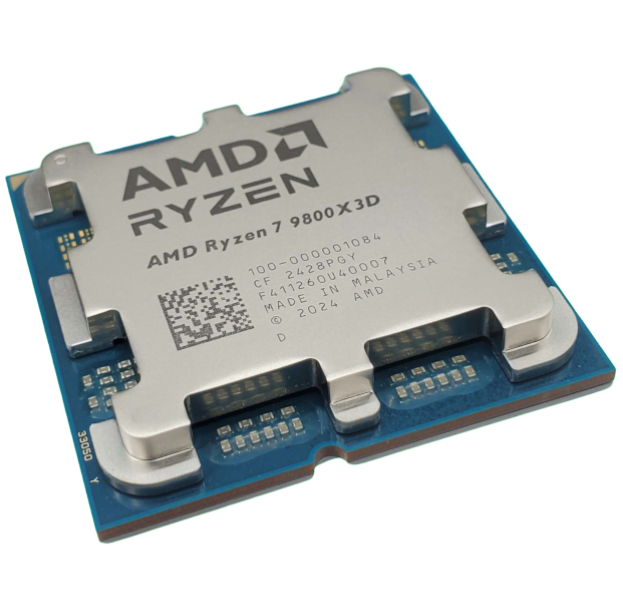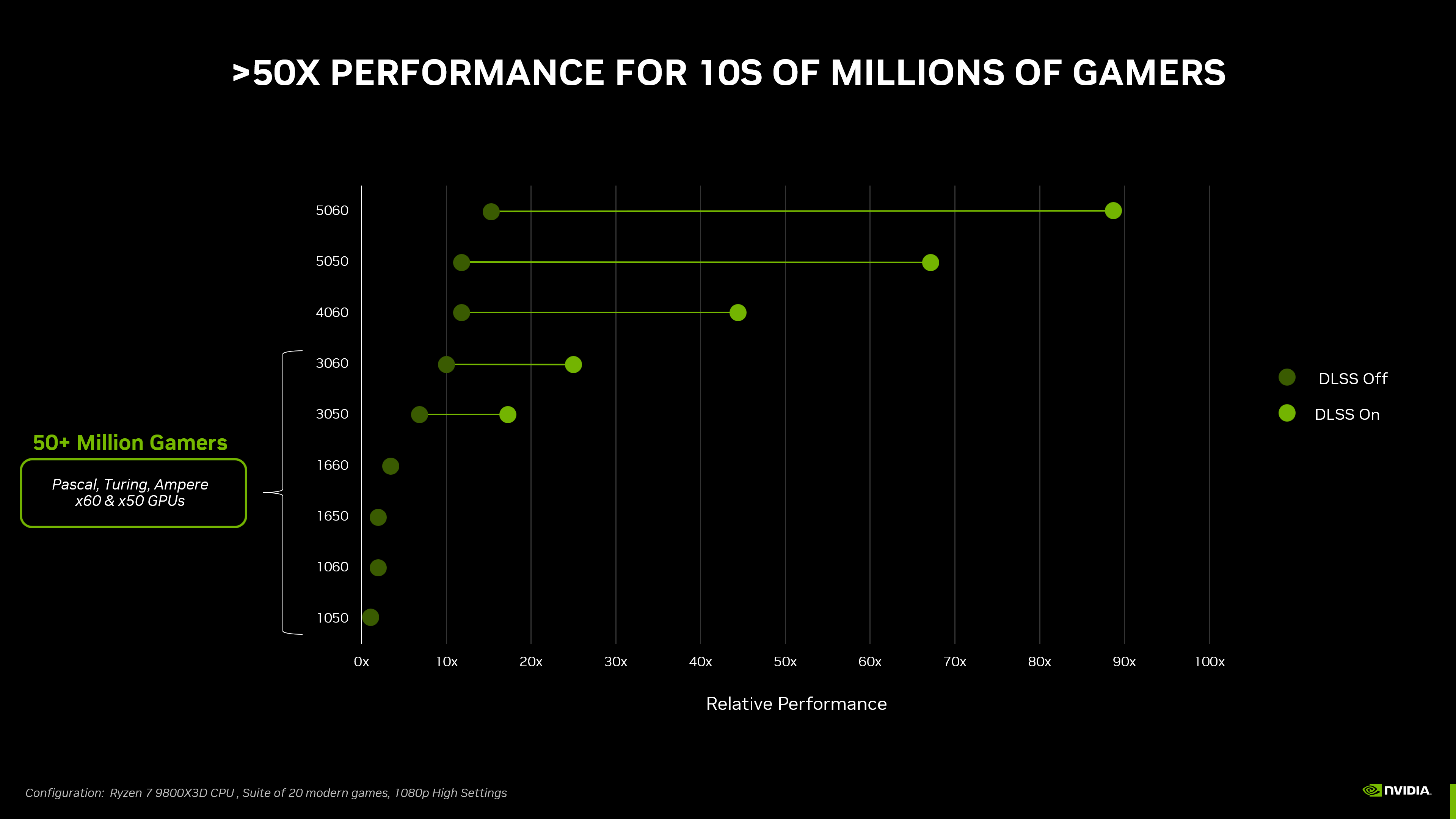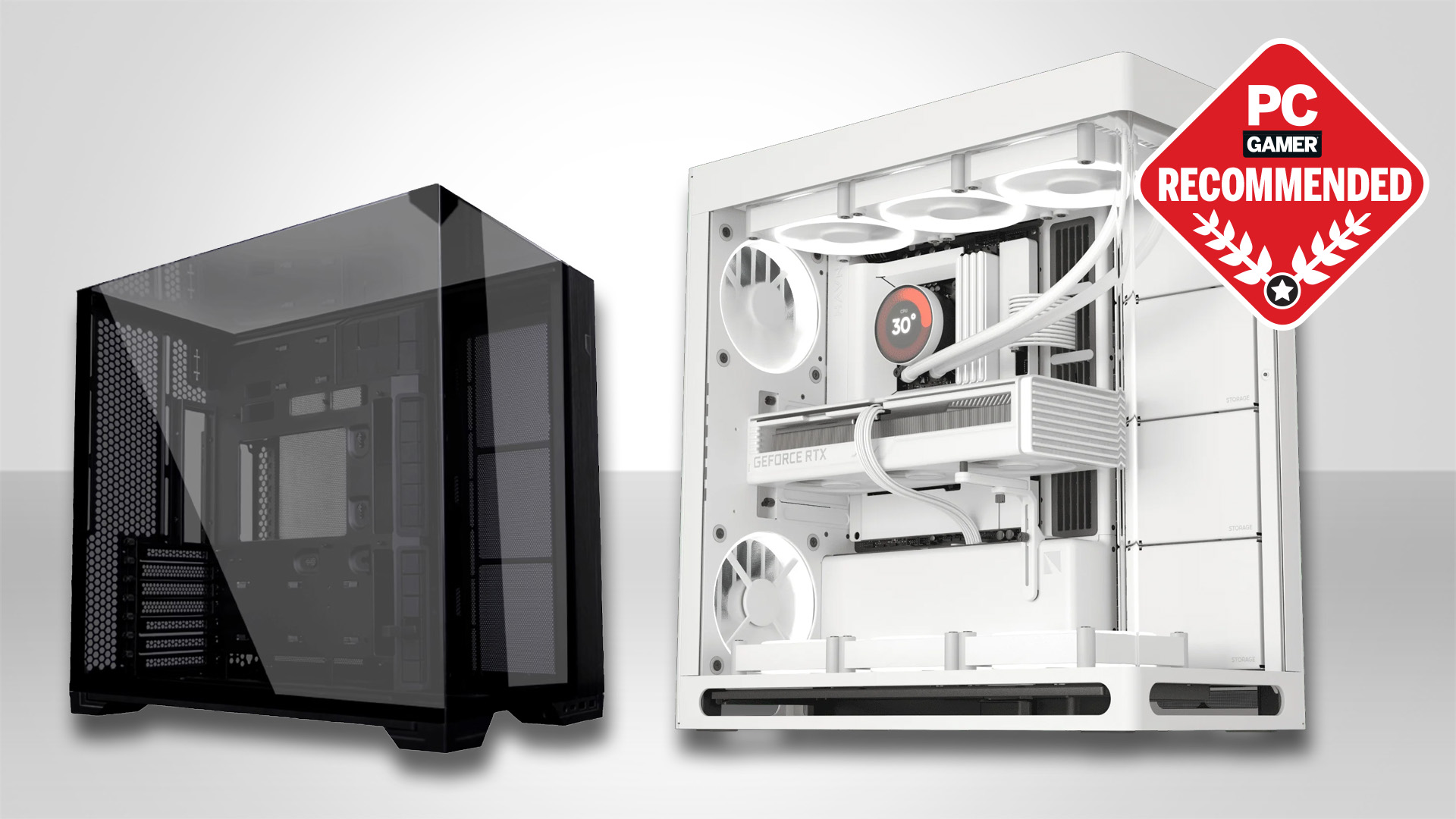Nvidia marketing goes into overdrive mode with claims that the new RTX 5050 is over 6000% faster than the GTX 1050 thanks to DLSS
It's actually over 10 times faster in raster, isn't that a big enough win for gamers with old GPUs?

Nvidia's new entry-level gaming GPU for desktop and laptop, the RTX 5050, was surprise-launched yesterday, and true to form, the company has some eye-popping marketing claims to promote the new graphic cards. Nvidia has published a graph showing that the RTX 5050 delivers well over 60 times or 6000% the performance of a GTX 1050 when using DLSS technology.
The graph is titled ">50X Performance for 10s of Millions of Gamers", but clearly shows the RTX 5050 well beyond the 60x marker versus the GTX 1050 baseline.
That huge performance boost compares the RTX 5050 with DLSS fully enabled to the GTX 1050 running without any DLSS features, which the older GPU does not support. Chiefly, that means upscaling plus frame generation.
As an RTX 50 series GPU, the RTX 5050, of course, supports the latest MFG or Multi Frame Generation technology, which inserts three ML-generated frames in between each pair of frames rendered in the conventional 3D pipeline. Nvidia doesn't say what quality setting is being used for DLSS upscaling, but it's probably the Performance setting, given the huge uplift in frame rates.
The graph also shows how the GPUs compare for conventional raster rendering using the 3D pipeline and there the RTX 5050 is around 12 times faster than the old GTX 1050 according to Nvidia.
And, actually, isn't that a pretty good story to tell to gamers? Nvidia's narrative here is that over 50 million gamers are still using x50 and x60 GPUs from the Pascal, Turing and Ampere GPU generations. Specifically, that's the GTX 1050 and 1060, the GTX 1650 and 1660 and the RTX 3050 and 3060.
So, while the RTX 5050 is entry level by today's standards, it represents a major upgrade for lots of gamers. It's not entirely clear exactly which GPUs Nvidia has in mind when it says ">50X Performance for 10s of Millions of Gamers." Even with the latest DLSS tech, the RTX 5050 isn't anything like 50 times faster than an RTX 3060. So, that headline >50x metric is comparing the RTX 5050 with the oldest Pascal GPUs.
Keep up to date with the most important stories and the best deals, as picked by the PC Gamer team.
But surely over 10 times the performance in pure raster is a very good result for gamers using those old GPUs? If you then make DLSS an additional and extremely welcome benefit, rather than making direct frame-rate comparisons, then you have a very compelling narrative.
| Header Cell - Column 0 | RTX 5050 | RTX 5060 | RTX 4060 |
|---|---|---|---|
Cores | 2560 | 3840 | 3072 |
L2 cache | 32 MB? | 32 MB | 24 MB |
Base clock | 2.31 GHz | 2.28 GHz | 1.83 GHz |
Boost clock | 2.57 GHz | 2.50 GHz | 2.46 GHz |
Memory bus width | 128-bits | 128-bits | 128-bits |
VRAM | 8 GB GDDR6 | 8 GB GDDR7 | 8 GB GDDR6 |
VRAM bandwidth | 320 GB/s | 448 GB/s | 272 GB/s |
TGP | 130 W | 145 W | 115 W |
MSRP | $249 | $299 | $299 |
You also sidestep any pushback concerning the limitations of DLSS. At minimum, it remains to be seen how usable Multi Frame Generation is with the new RTX 5050. Given it's a relatively weak GPU for which input lag will inherently be more of an issue compared to RTX 50 graphics cards higher up the stack, the fact that MFG adds latency means it's likely to be more problematic for this entry-level Blackwell GPU.
That's actually OK, provided DLSS performance isn't being directly compared with rasterisation. DLSS doesn't always have to work perfectly for it to be an unambiguous benefit. But just as Nvidia overreached when it claimed the RTX 5070 was as fast as the RTX 4090 thanks to DLSS, to put it gently, this whole "50x" thing with the new RTX 5050 feels a little unnecessary.

👉Check out our list of guides👈
1. Best CPU: AMD Ryzen 7 9800X3D
2. Best motherboard: MSI MAG X870 Tomahawk WiFi
3. Best RAM: G.Skill Trident Z5 RGB 32 GB DDR5-7200
4. Best SSD: WD_Black SN7100
5. Best graphics card: RTX 5070 Ti or RX 9070 XT (whichever is cheaper)

Jeremy has been writing about technology and PCs since the 90nm Netburst era (Google it!) and enjoys nothing more than a serious dissertation on the finer points of monitor input lag and overshoot followed by a forensic examination of advanced lithography. Or maybe he just likes machines that go “ping!” He also has a thing for tennis and cars.
You must confirm your public display name before commenting
Please logout and then login again, you will then be prompted to enter your display name.


